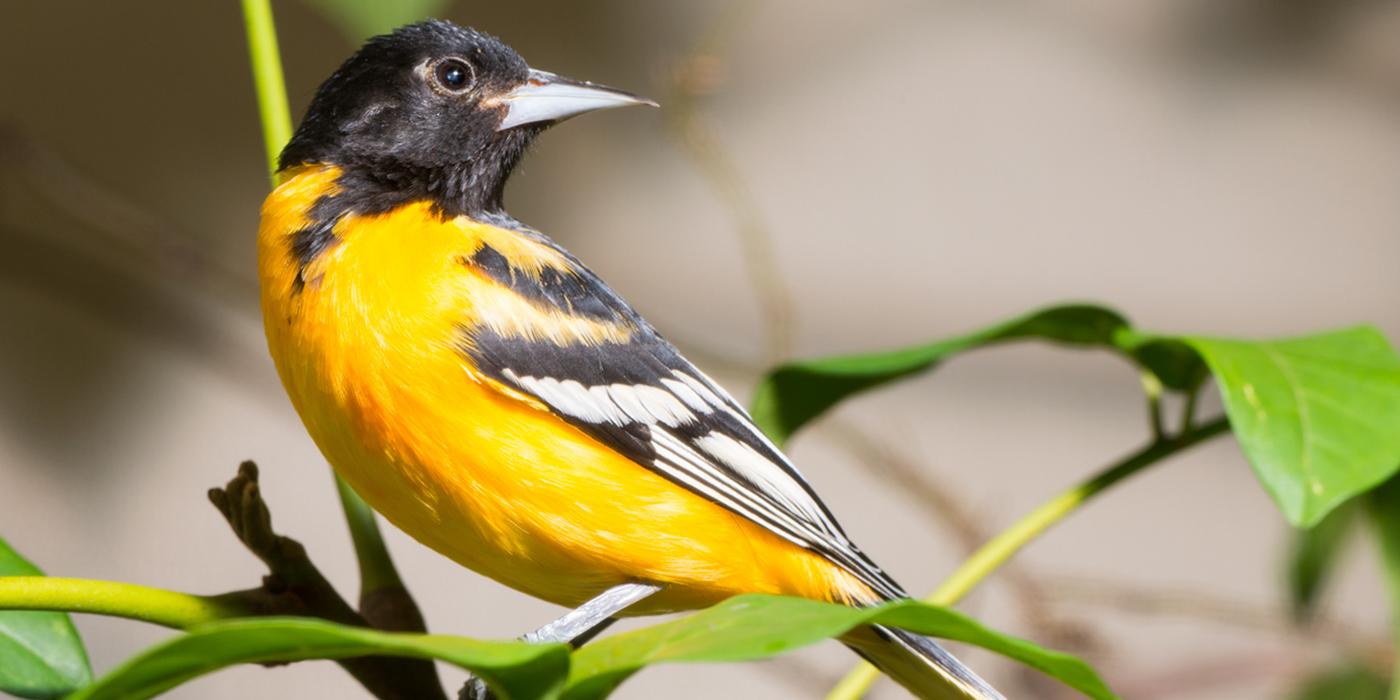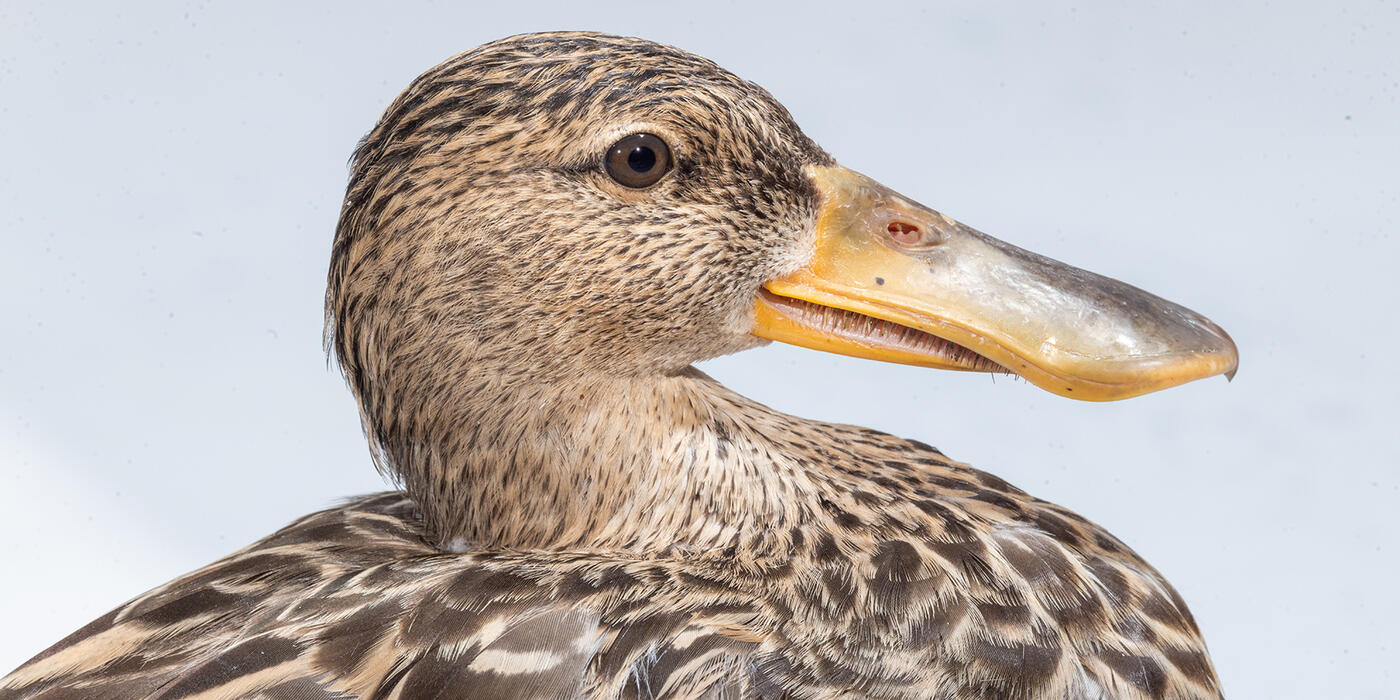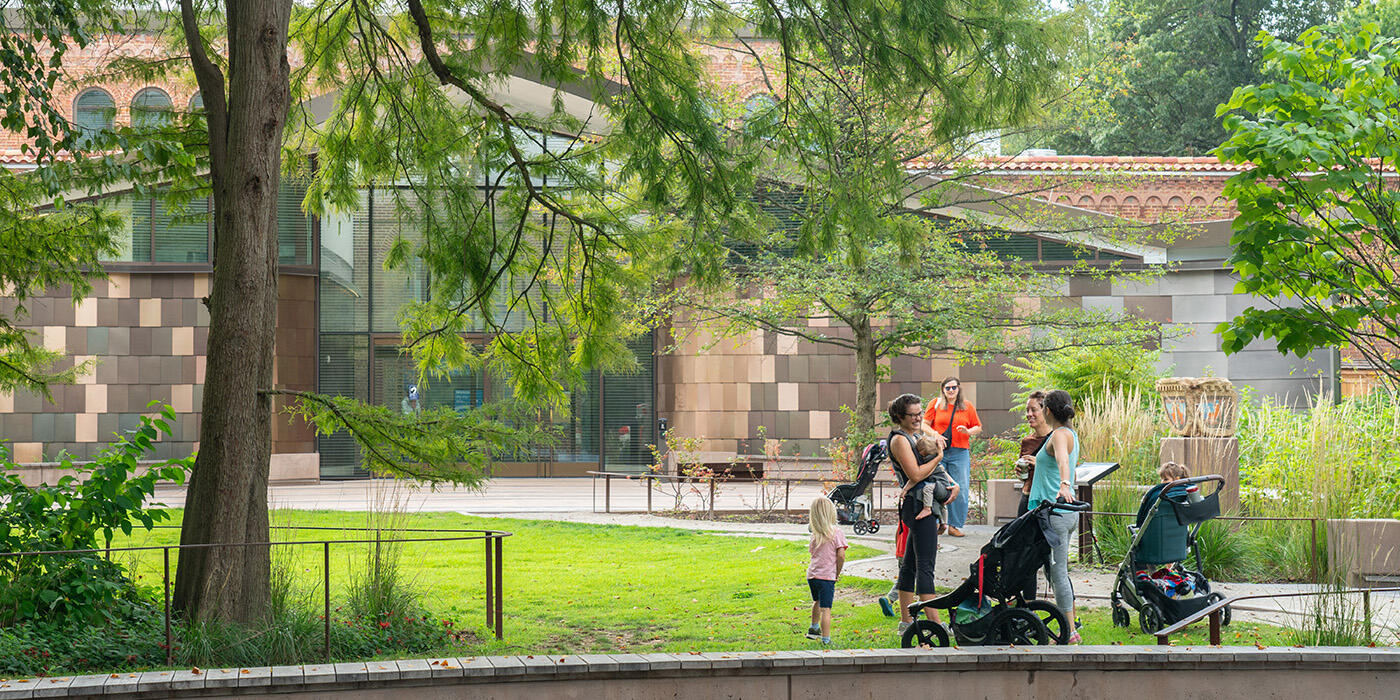Zoos and Aquariums Take Migratory Birds Under Their Wings
Migratory bird conservation is taking flight at zoos and aquariums, according to a new paper published in Zoo Biology. The study outlines the role that Association of Zoos and Aquariums-accredited institutions are currently playing or could play in the conservation and management of native songbirds.
“Our native songbirds need the voice of zoos,” says Sara Hallager, curator of birds at the Smithsonian’s National Zoo and paper co-author. “With more than 183 million visitors a year to AZA zoos and aquariums, coupled with vast experience in public relations, education and fundraising, zoos and breeding centers can drive North American songbird conservation.”
Migratory birds face a long list of threats, including severe weather, invasive species, disease, lack of food, collision with buildings and wind turbines, pollution and climate change. As a result, many of North America’s native birds, including many migratory species, have been in steady decline since the mid 1960s, when recordkeeping started. Nearly one-third of these species are in need of concerted conservation action to secure their future.
According to the study, zoos and aquariums are uniquely positioned to continue to help conserve native songbirds in seven key ways:
-
Public education and advocacy: With millions of visitors each year, zoos can inform visitors not only about the biology, behavior, habitat and conservation status of these bird species, but also suggest ways that guests can help save birdlife in their own backyard.
-
Captive breeding and management: Zoos are experts in breeding and animal husbandry for endangered species and are applying this expertise to successful breeding programs for North American songbirds.
- Habitat protection: Protected areas play a key role in the conservation of migratory birds that make perilous flights across long distances and depend on the availability of resources along the way. Zoos can help protect local sites of importance to these species.
- Tracking: Tracking and monitoring bird populations is critical to conservation and Zoo staff and volunteers are helping to fill gaps in this knowledge by participating in nation-wide bird counts. Zoos can also add Motus Wildlife Tracking Systems, which allows researchers to track the movements of tagged birds.
- Research/technology development: Zoos and aquariums can provide fundamental information about songbirds that would otherwise be difficult to study in nature, including their nutritional needs, reproductive physiology and sensitivity to disease.
- Green practices: Many AZA-member institutions are incorporating green practices into their operations to help reduce greenhouse gases and the impacts of climate change. They are also designing animal exhibits to minimize bird collisions.
- Partnerships: Zoos partner with leading bird conservation organizations and landowners interested in citizen science, in addition to colleges and universities and other institutions to leverage resources to the benefit of migratory birds.
The Smithsonian’s National Zoo is leading the way in these efforts through its Smithsonian Migratory Bird Center, which is dedicated to understanding, conserving and championing migratory birds. In 2021, the Zoo and SMBC will open “Experience Migration,” a state-of the-art exhibit that merges the science of bird migration with the excellence of animal care and husbandry on a large scale. The exhibit will inspire zoo visitors to help save birds, and will also help conservationists understand and advance migratory bird science and husbandry.
“Unfortunately, our nation’s migratory birds are declining dramatically,” said Pete Marra, director of SMBC and paper co-author. “The Smithsonian’s Migratory Bird Center and Smithsonian’s National Zoo are committed to not only educating the public about their plight, but also working to better understand their biology through state-of-the-art field studies and husbandry techniques.”




